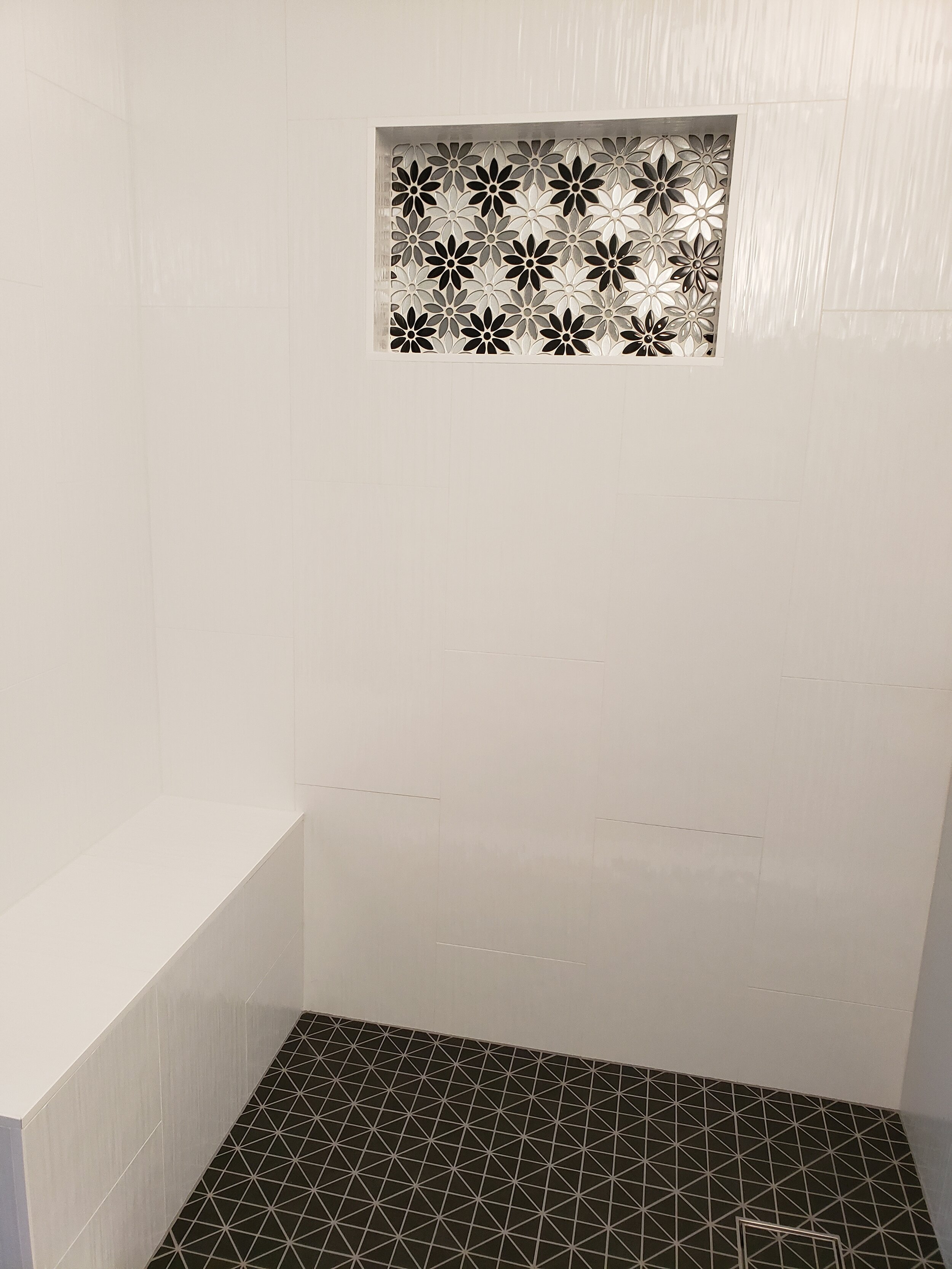When undergoing any kind of home renovation it is important to keep your costs at an affordable level and to plan accordingly. In particular, when your are using tiles in your renovation, whether inside your home or on your patio, it is easy to get carried away and overspend. With careful planning and research you will be able to find tiles and other materials that you love at a price that suits your budget. In this blog post we offer some advice on how to control your renovation budget to ensure you end up with a great result that you can afford.
1. Identify Your Budget
The first thing to do is realistically assess how much you can afford to spend on your renovation and make that your total budget. This budget will need to pay for all of the materials and labor that you need, as well as include a contingency of 10-20% in case costs overrun or something unexpected occurs. You may not to allow the full budget to the renovation as it is highly likely that an unaccounted for costs will come up.
2. Research & Plan
Identify the renovation project(s) that you would like to do and research all items that you’ll need to purchase with your budget. Noting these down in a spreadsheet with costs is a great way to get a feel for how much things cost. When buying tiles we recommend purchasing an extra 10% of tiles than you should need to allow for cutting/breakages.
Be sure to factor in the cost of labor where required. Even if you are planning to do a lot of DIY, there will be some things you will need to pay a professional to do.
3. Allocate Your Budget
Once you have decided how much you can afford and have an idea of how much it will cost, make sure these figures measure up and you can actually afford the renovation. If not, you could start saving hard and plan to do the work at a later date once you have the funds, or reduce your expectations of what you will achieve in the short term. Perhaps you can do the kitchen now and the bathroom next year. Whatever your budget is, try to buy the best quality materials you can afford as these will last you longer and be better value in the long term.
4. Track Your Spend
Once you start your project, make sure you track your spending by jotting down all expenditures and regularly reviewing how the actual costs are matching up with the allocated costs. Using a spreadsheet or a dedicated app are good ways to keep on top of your spending. Keep all receipts/invoices in a folder for easy access if you need to check them later or query an unexpected cost.
Once the renovation is finished and you have paid the final bills it’s time to kick back, relax and enjoy your new makeover!

